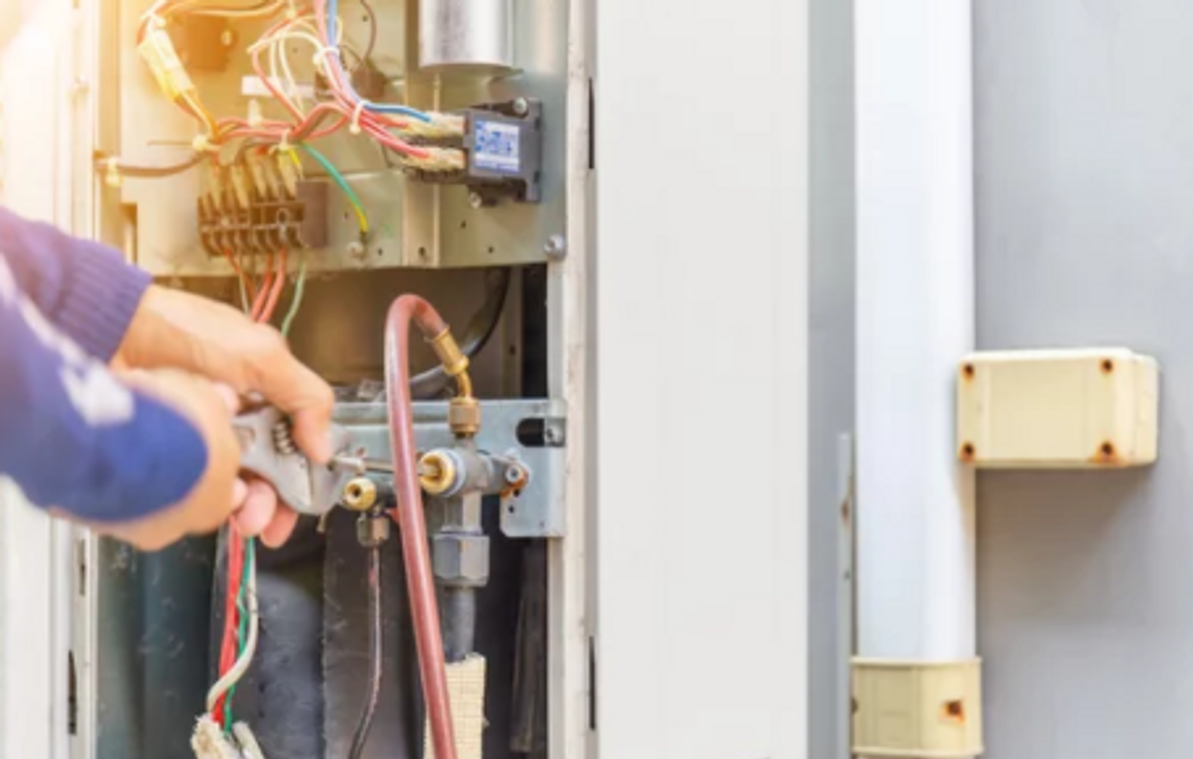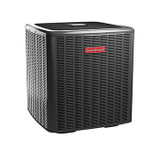How To Test And Repair A Furnace Gas Valve
Safety is the first thing that you want to keep in mind when testing and repairing gas valves. You want to be sure that the entire HVAC system that you’re working on is safe before doing any other work. Once you’re sure that it is, you might already have an idea where any leaky or faulty valves are. You can test electrically actuated valves with something as simple as a voltmeter.
Normal readings on different gas valve models are going to vary depending on the original specifications of the manufacturer. That being said, you may find something between 145-195 mV for an average valve.
Repairing A Gas Valve
Gas valves are one of the most important parts of any HVAC system, so you’ll want to tread relatively carefully while you work on repairing the part. Take note of the exact way that the valve is made. Construction tends to differ between various manufacturers as well as part vendors, which may complicate the issue somewhat. By taking care now, you’re helping to prevent any problem that might show its ugly head later on.
Single bodied valves will include both the valve itself as well as an actuator. These are normally diaphragm gas valves, which are relatively mechanically complex. However, they tend to feature everything in one piece of equipment. The valves can normally be replaced all at once.
Combustion gas valves don’t always feature all of the needed components in one single body. Most valves are built around a standard solenoid system. When an experienced HVAC team checks out a faulty or malfunctioning furnace, specialists first test the gas pressure in these valves. In most cases, gas valves should be relatively reliable, but there’s a good reason that they’re tested like this.
For one thing, there’s a good chance that this can help to rule out one possibility when you’re troubleshooting the system. As soon as you know that the pressure is good, you won’t have to worry about the valve any longer.
The other reason is that in spite of their durability, many valves eventually will have to be replaced. There is an equally good chance that they could potentially be at fault. Taking care of this now will help to reduce the risk that any further issues happen with the valve. In some cases, you’ll have to replace it outright.
Swapping Out Gas Valves For Replacement Parts
Consider a direct replacement part if replacements are necessary. Something like a Lochinvar & A.O. Smith or Emerson Climate-White Rodgers valve is normally acceptable for direct replacements.
hese components will provide the correct degree of fitment for the equipment that you’re using. Jot down any dimension statistics or model numbers that are relevant to the type of part you’re replacing.
Avoid Reaching High Limits With Furnace Part Source
If you’re getting a highly unusual reading, then you’ll want to check the Furnace Part Source. Browse our stock for some potential replacement components.
Do you need more information on the types of valves that are currently on the market? Make sure to use our online contact form.
Recent Posts
-
Trane Central Air System Not Cooling
Struggling with a Trane central air system that won’t cool your home? You’re not alone. In this deta …27th Jun 2024 -
Lennox Central Air System Not Cooling
When your Lennox central air system stops cooling, it not only disrupts your comfort but can also si …27th Jun 2024 -
Goodman Central Air System Not Cooling
When your Goodman central air system is not cooling, it can be frustrating and uncomfortable, especi …20th Jun 2024






